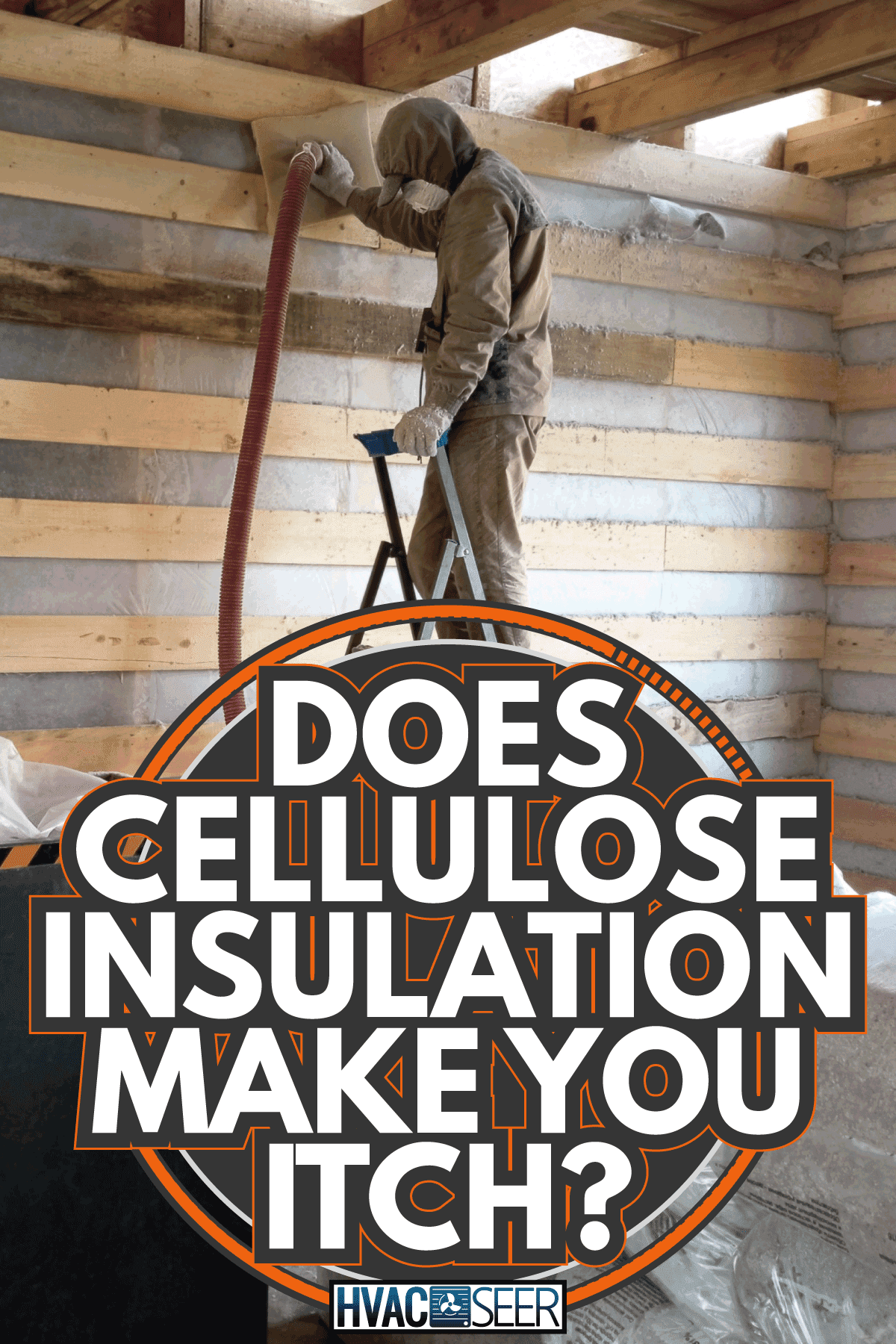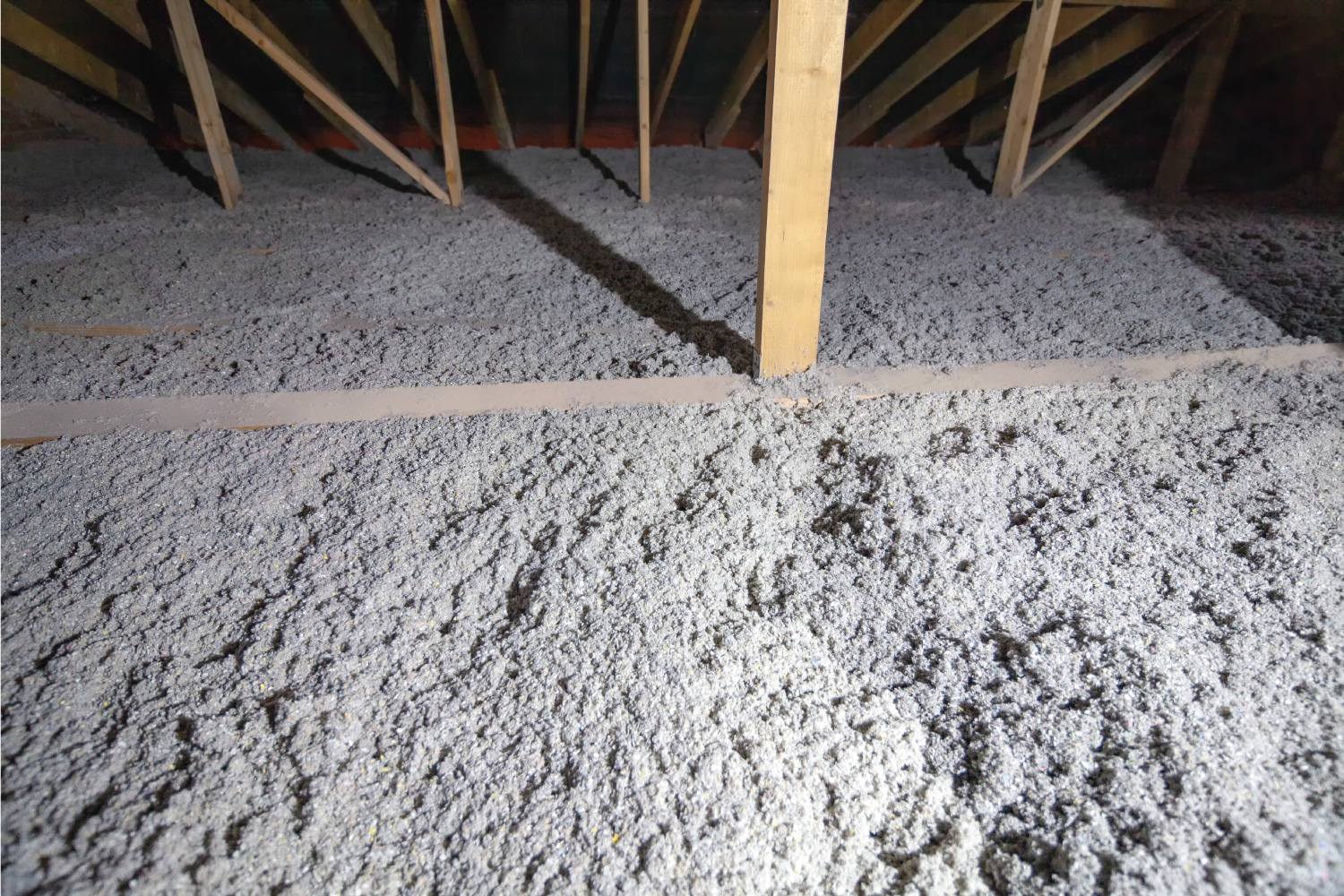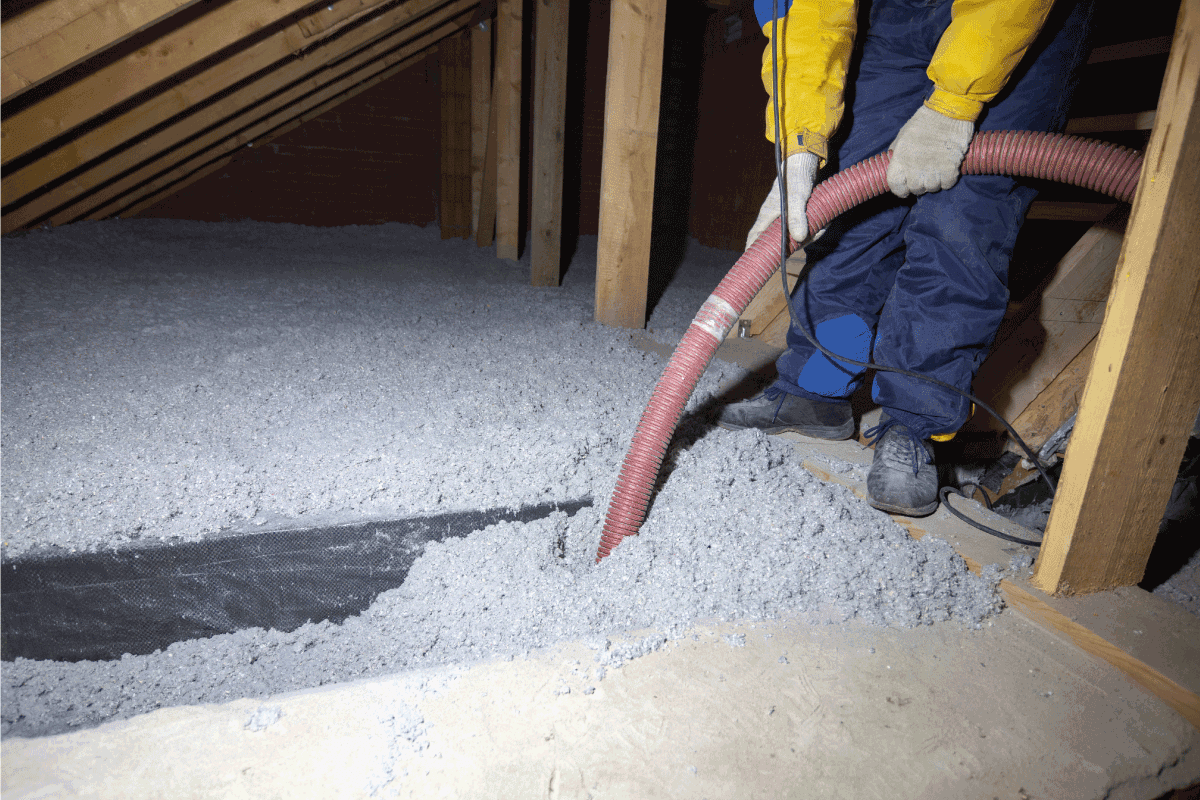When it comes to insulation, there are a lot of choices available in the market. However, not every product is safe to use. Some insulations can trigger allergies. The most known reactions are irritation in the eyes, nose, throat, and skin rashes. We have looked for the answers to why it happens and if cellulose insulation causes irritation, and here is what we found.
Some insulations contain fiberglass material. Exposure to this material is what makes the eyes and skin irritated. Cellulose insulation does not have this material and is safe to use. It consists of paper. Additionally, it contains a minimum of 82-85% of recyclable material. So, unlike fiberglass, cellulose won't make you itch.
With that said, if you are choosing insulation for your house, then this information might not be enough for you. Exposure to some insulation materials can be harmful if mishandled or used in the wrong environments. We have discussed this in detail below. We also have a section dedicated to the pros and cons of cellulose insulation to make your decision-making process easier for you.

Does All Insulation Make You Itch?
No, all insulations do not make you itch. Fiberglass insulation is one of the most notorious insulation for making you itch. Aside from that, other types of insulation can be itch-free.
What Insulation Does Not Itch?
Not all insulations itch, but which are the specific insulations that are called itch-free?
For starters, new insulations are getting introduced in the market. It is called Miraflex, and this insulation is a new and improved version of the Fiberglass insulation. Standard fiberglass insulation consists of straight single-form glass fiber. This material makes the skin itch. However, the new and improvised Miraflex insulation feels like cotton.
Next up is the polyester wall insulation. Polyester insulation offers the same benefits as traditional fiberglass insulation. But as this insulation consists of polyester, it is itch-free insulation.
How Do You Stop Itching After Installing Insulation?
Experts advise taking precautions before installing insulation. However, if you forgot to take precautions, and now the insulation is causing itchiness to your skin itch, what should you do? Fortunately, there are a few tips that can stop itching after installing insulation. Let us read more about them.
Use Duct Tape
The first thing you should do after installing insulation is using duct tape on your skin. Just stick a few pieces of duct tape on your exposed skin. This method will help remove fiberglass residue from your skin.
Take a Cold Shower
After you have removed the fiberglass from your skin, take a cold shower. The cold water will not only wash off the fiberglass residue from your skin but also close your pores and prevent more fiberglass from penetrating deeper.
Moisturize Your Skin
Moisturizing skin is always a great idea, no matter the situation. But especially after you have taken a cold shower to stop itching. Make sure the lotion contains moisturizing ingredients such as coconut oil.
Wash Your Eyes
Itchy skin is not the only after-effect of insulation installation. In most cases, after installing fiberglass insulation, the eyes get red and start hurting. Instead of rubbing your eyes, wash them with cold water. If you have an eye-wash solution, then you can use that as well.
What Are the Pros and Cons of Cellulose Insulation?

Pros of Cellulose Insulation
Environmental Friendly
One of the main features of cellulose insulation is that it originates from discarded cardboard and paper. Due to that reason, cellulose insulation is environmentally friendly. As it was insulation created from recycled material, the manufacturing process causes less waste and is a good option if you are looking for eco-friendly insulation.
Fire Resistant
Even though cellulose insulation consists of used paper and cardboard, it is still fire-resistant. One of the main reasons behind this is, during the manufacturing process, cellulose gets treated with boric acid.
Mold Resistant
Another great advantage of the boric acid treatment is that it makes the cellulose insulation mold resistant. If you live in an area where houses are prone to mold infestation, cellulose would be a good insulation choice.
Better R-value
The primary function of insulation is preventing heat from entering or leaving the house, so having insulation with a low R-value wouldn't be practical. Fortunately, Cellulose insulation has a roughly R-3.2 per inch R-value, which is higher than what fiberglass insulation is offering (R-2.2 per inch). Furthermore, some cellulose insulations get treated with acrylic binders. This process ensures that the R-value does not decrease over time.
Low Health Risks
A lot of commonly used insulations in the market cause health risks. For example, fiberglass is neither good for your skin nor your lung. The same goes with foam insulation which makes breathing difficult. However, compared to all of these insulations, cellulose insulation has fewer health risks.
Cheaper than Fiberglass
Generally, a product with more features indicates that it is also higher in price. But that is not the case with cellulose insulation. Even though it has more benefits and lesser health risks than fiberglass insulation, it is also 25% cheaper.
Cons of Cellulose Insulation
Higher Installation Cost
The cellulose insulation itself costs less than fiberglass insulation, but that does not mean it is always that inexpensive. The cost of installing cellulose insulation is higher.
DIY Installation Is Not an Option
The higher installation cost makes everyone wonder if they can install the insulation by themselves. Well, the answer is no for mainly two reasons.
Firstly, installing any insulation on your own is a ton of work that everyone is not capable of doing. Secondly, cellulose insulation installation causes an enormous amount of dust. Due to this reason, the installation requires a professional-grade face mask and breather, which are very expensive.
Prone to Absorbing Moisture
Cellulose installation might be fire-resistant, but it has no power in front of the water. As the insulation originates from discarded paper and cardboard, it is prone to absorbing moisture. In its best form, cellulose prevents mold infestation. But once wet, it can cause the house to mold. All in all, cellulose insulation is not a safe choice for homes situated in areas with high air moisture values.

What Are the Dangers of Cellulose Insulation?
Cellulose might not be as dangerous as fiberglass, but it still has some health risks. The following are the main dangers of cellulose insulation.
Cellulose insulation is not itchy. However, individuals with pre-existing skin conditions are usually allergic to cellulose. If you have any skin irritation, it is best to stay away from cellulose insulation.
Caution with the Asthmatic
The same goes for asthma patients. People with pre-existing lung problems have reported being allergic to cellulose insulation, and it can cause trouble breathing.
As said previously, the boric acid-treated cellulose insulation prevents mold infestation. However, when this insulation gets exposed to moisture, it can become a breeding ground for mold.
Cellulose is not always considered environmentally friendly insulation. For instance, if the cellulose insulation has tiny fibers of formaldehyde, then it can be hazardous to the environment.
You must know by now that boric acid gets commonly used in the cellulose insulation manufacturing process, but do you know that this chemical is poisonous? Boric acid-treated cellulose insulation is not dangerous to breathe in, but ingesting boric acid can cause serious health issues.
Is Cellulose Safe To Breathe?
So, it begs the question, is cellulose safe to breathe? As mentioned above, it's not cellulose alone that can be problematic to those with pre-existing conditions. As some suggest, there's nothing to worry about when you expose yourself to cellulose.
Cellulose itself consists of recycled products, mainly newsprint. At most, you might notice slight discomfort if you inhale a large chunk of it. But, since we're not likely to spend more time in the area after installation, there should be no cause to worry.
Still, cellulose can also contain fire retardants, insecticides, and solvents. When you expose yourself to cellulose for long periods, it can negatively impact your health. So, it's best not to stick around the area for more time than necessary.

Final Takeaway
Choosing the right type of insulation can be a difficult task. There are so many options in the market! It can get confusing trying to weigh the benefits and disadvantages of each choice. Regardless, cellulose is one type of insulation that shouldn't be too much of a concern health-wise. We hope you found the information above helpful!
Before you go, do you have other insulation concerns? Are you considering going with foam insulation? If you're wondering if it can attract termites, you can find out more by checking our post here.
Are you still weighing your choices? We also cover other types of thermal insulation! If you'd like to check them out, you can view our post here. Good luck!
